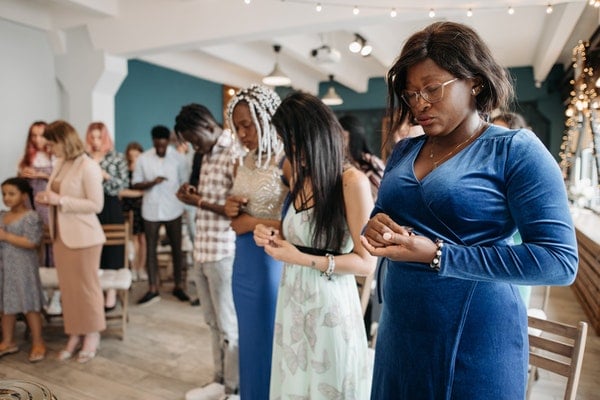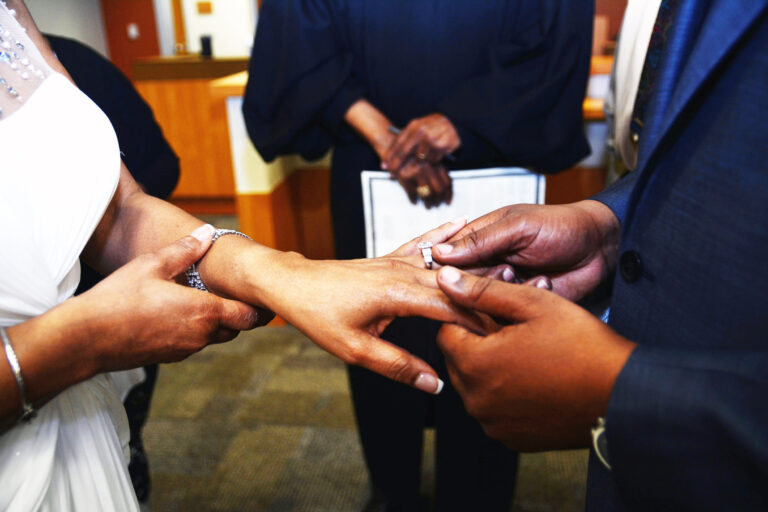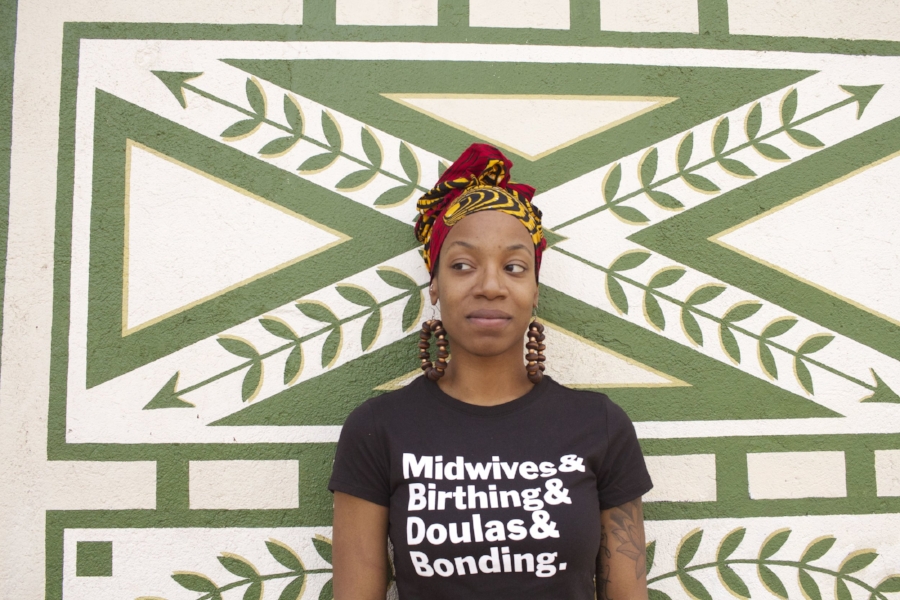Recently, I was having a conversation with a close friend of mine, discussing some of the challenges she was having regarding her relationship with her father.
In the middle of the conversation, I said to her, “I can’t remember a time growing up when my mother ever told me I was pretty.”
I began to choke up as I continued speaking because I had realized that I had never said that out loud. I paused for a moment, my friend watching me in disbelief as I came to this revelation.
I have heard people say that you should leave the past in the past, but at that moment I realized that my past was very much prevalent today. The saying is always “Let it go,” but how can we let go of something we’ve never completely grasped?
…When we take time to reflect on our pasts…true and lasting healing can begin to take place.
Although this traumatic memory did not explicitly pop into my mind every day, I still clearly carried the hurt from it. For years I struggled with low self-esteem and even today, there are days that I struggle with how I see myself. I never understood why I couldn’t see myself the way that others saw me and why I seemed to live in fear of my own potential.
As I continued to reflect on my mother’s words, I realized that my lack of self-confidence did not stem from others in my life, but rather from the person who brought me into this world. My mother never poured into ensuring that I developed a positive sense of self. I never really understood the impact that this had on my life until that moment.
Interestingly, we tend to look at trauma as the result of things that happen to us, but in my case, my trauma was the result of what did not happen.
In my journey to not only heal myself but help other women on their path to healing, I have to come to realize that when we take time to reflect on our pasts and are intentional about understanding the connections between our pasts and how it affects us in the present, true and lasting healing can begin to take place. These tips can set you on the path to healing and hopefully close the loop on your trauma.

1. Understand how the past shows up in your present.
Many of us have developed a fight-or-flight response to our trauma. Either we face it head-on or we evade the memories—the latter being the relationship most can probably identify with. (It’s evident in the cycles of trauma we continue to see.)
However, I encourage anyone reading to step back and take account of your life and those memories. Whether big or small, they may have rebranded themselves as today’s insecurity or toxic trait.
Failing to heal from our past prevents us from living fully in our present and alters how we shape our future.
What are some things you currently deal with? What insecurities do you carry? What fears do you have?
When we can trace the root of our trauma and how it relates to our present, we can pluck it and begin rebuilding ourselves as the healed women we hope to be.

2. Find your community.
No one has a monopoly on trauma. We all have some forms of trauma that we’ve carried into different phases of our lives and very often we share the same traumas.
Finding a community that can not only sympathize with your journey but empathizes with it can provide a support system of women not only looking to heal themselves but are dedicated to making sure you heal you too. Look for support groups, events, social media platforms, and other places that serve as safe spaces for you to grow and learn.
I believe that the only way to be able to truly heal from something is to be able to stand in the truth of it.
As a Black woman, I am all too familiar with the fact that Black women very rarely have access to safe spaces dedicated to our very different and nuanced experiences. Research different podcasts like Therapy for Black Girls, or different support groups in your area that center on our experiences.
Also, make an effort to reach out to the other Black women in your life. You never know: They may be working out their traumas as well and can offer some resources.

3. Accept your past.
You’ve identified your trauma and how it manifests itself today, so what’s next?
Very often we minimize, dismiss, or blame ourselves for our trauma. However, the reality is that (1) acknowledging your trauma, (2) acknowledging the gravity of your trauma, and (3) realizing that you are not the blame can open the door to navigating your trauma in healthy ways.
These three steps allow you to live positively and purposefully in your present while still doing the healing work.
This checklist can seem insurmountable, especially when taking it on by yourself. However, identifying the right resources, having patience, and understanding that healing isn’t instantaneous can support you as you maneuver through accepting your past.
Personally, one of the resources that guided me was therapy. Therapy was the vehicle I used to navigate my trauma and begin my healing journey.
Therapy gave me the space to be able to identify and process the things that had happened. It allowed me to process how those things had resurfaced throughout my life and speak about how I felt free from judgment.
Failing to heal from our past prevents us from living fully in our present and alters how we shape our future. The statement I made to my friend forced me to confront my past head on—and truly reflect on how it directly impacts me today.
I believe that the only way to be able to truly heal from something is to be able to stand in the truth of it. I understand that going to the past can be painful, but you don’t want your past to hinder you from being whole for others, your business or career, or most importantly, yourself.
Like any wound, things have to hurt before they heal. Depriving yourself of the full healing process only delays those wounds inevitably opening back up.
















